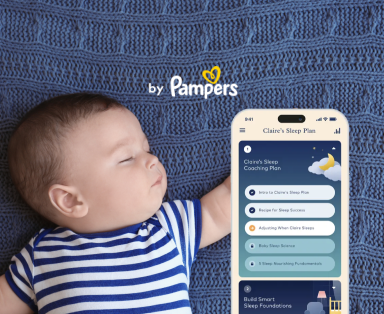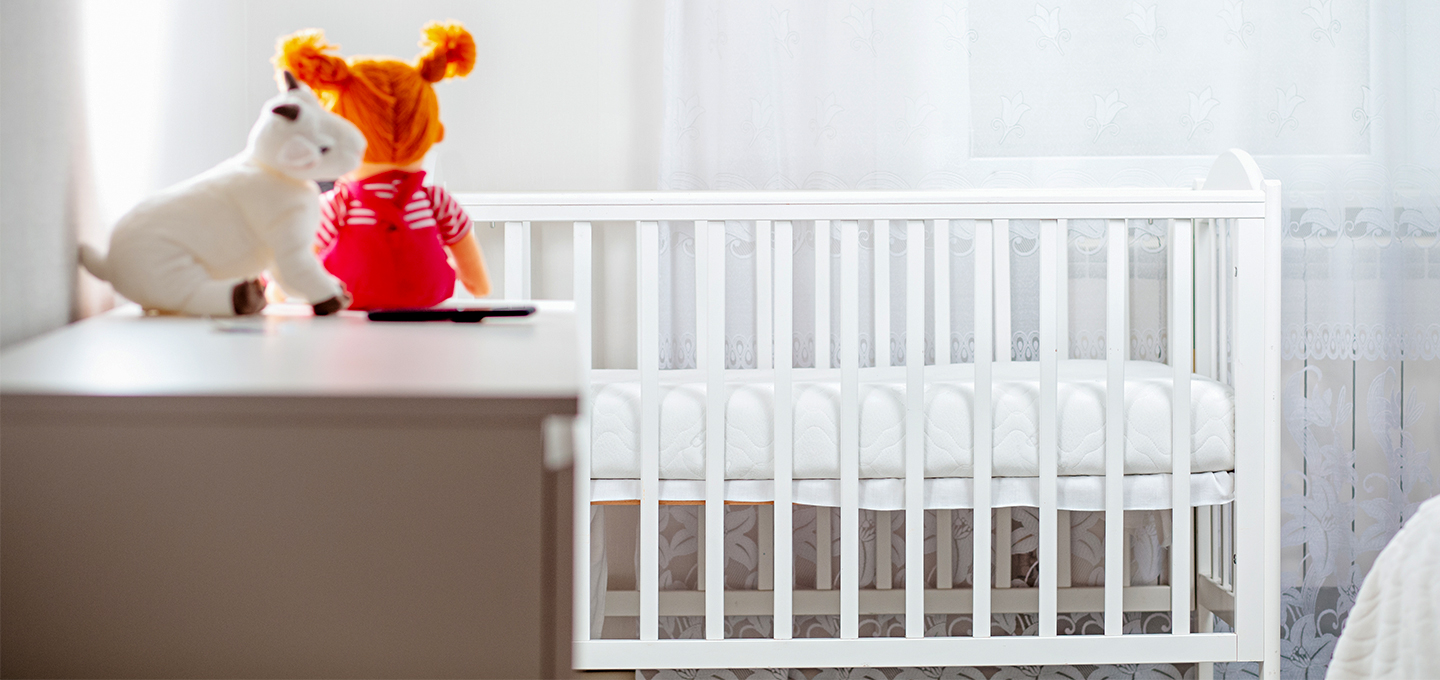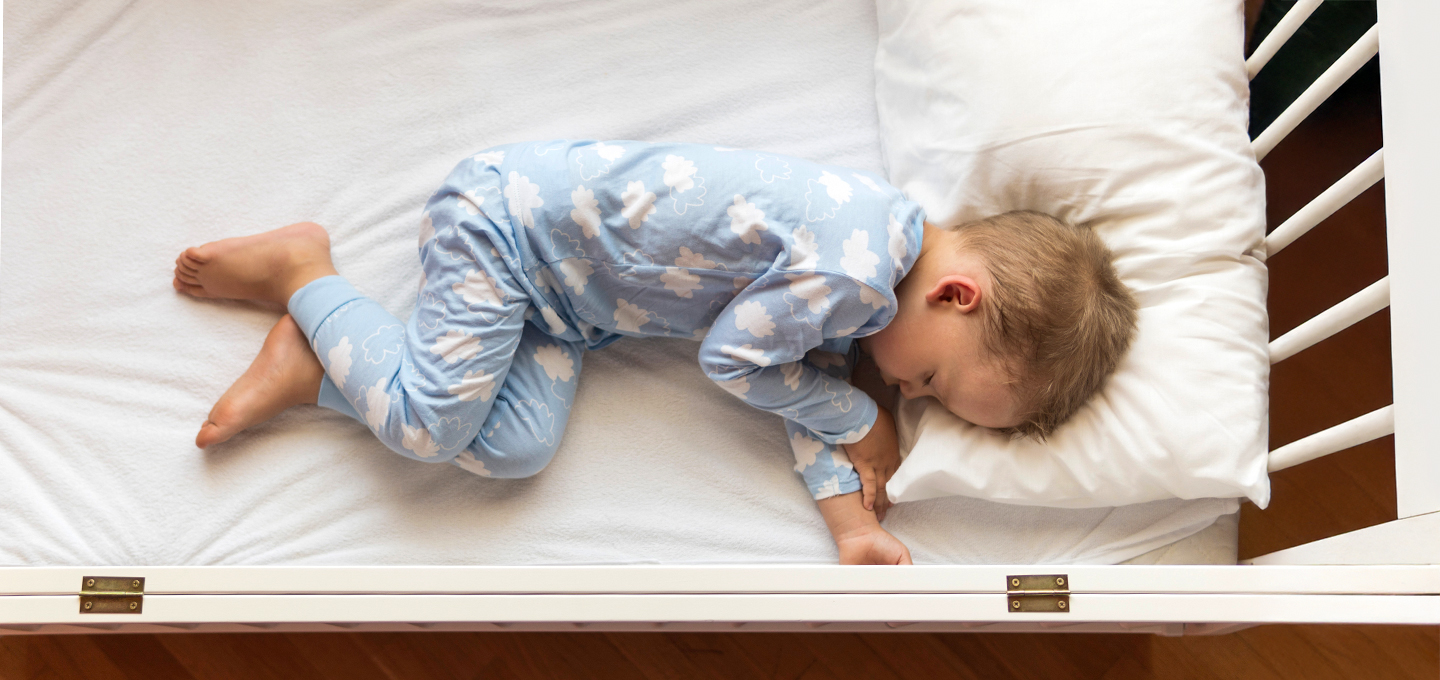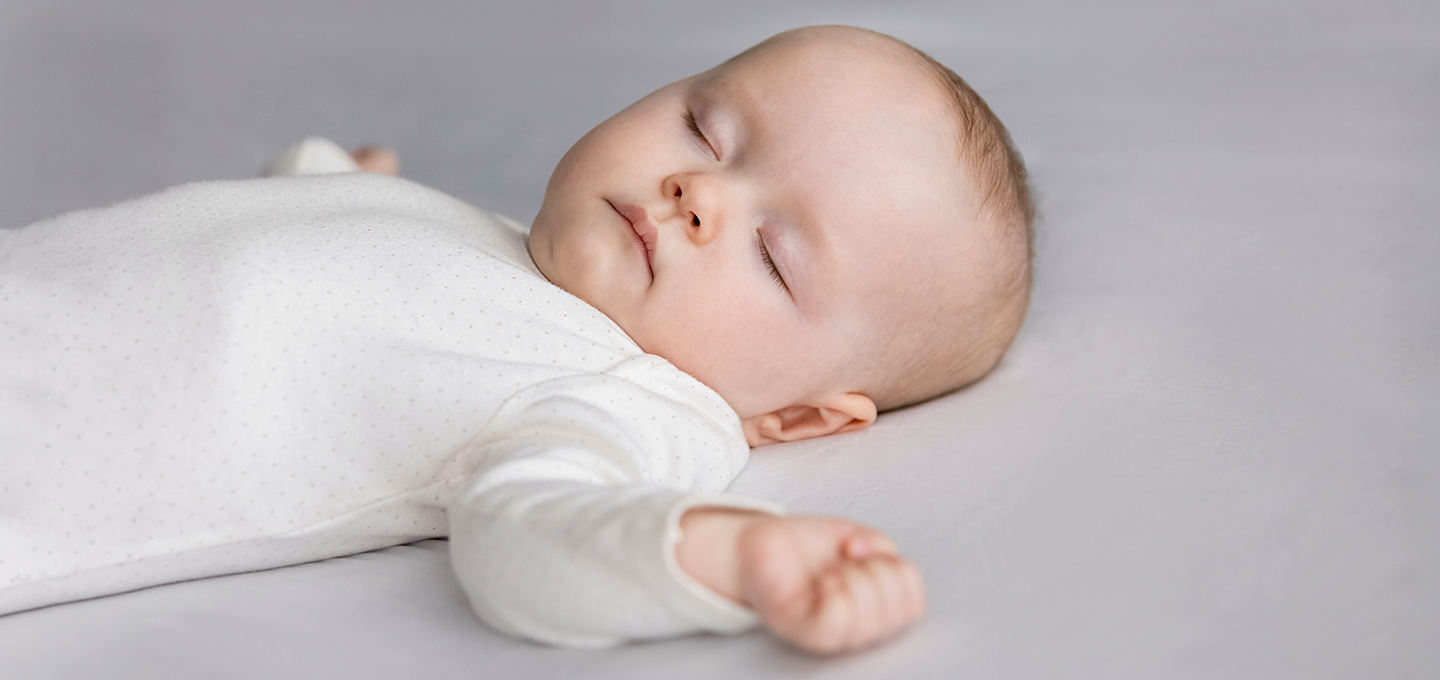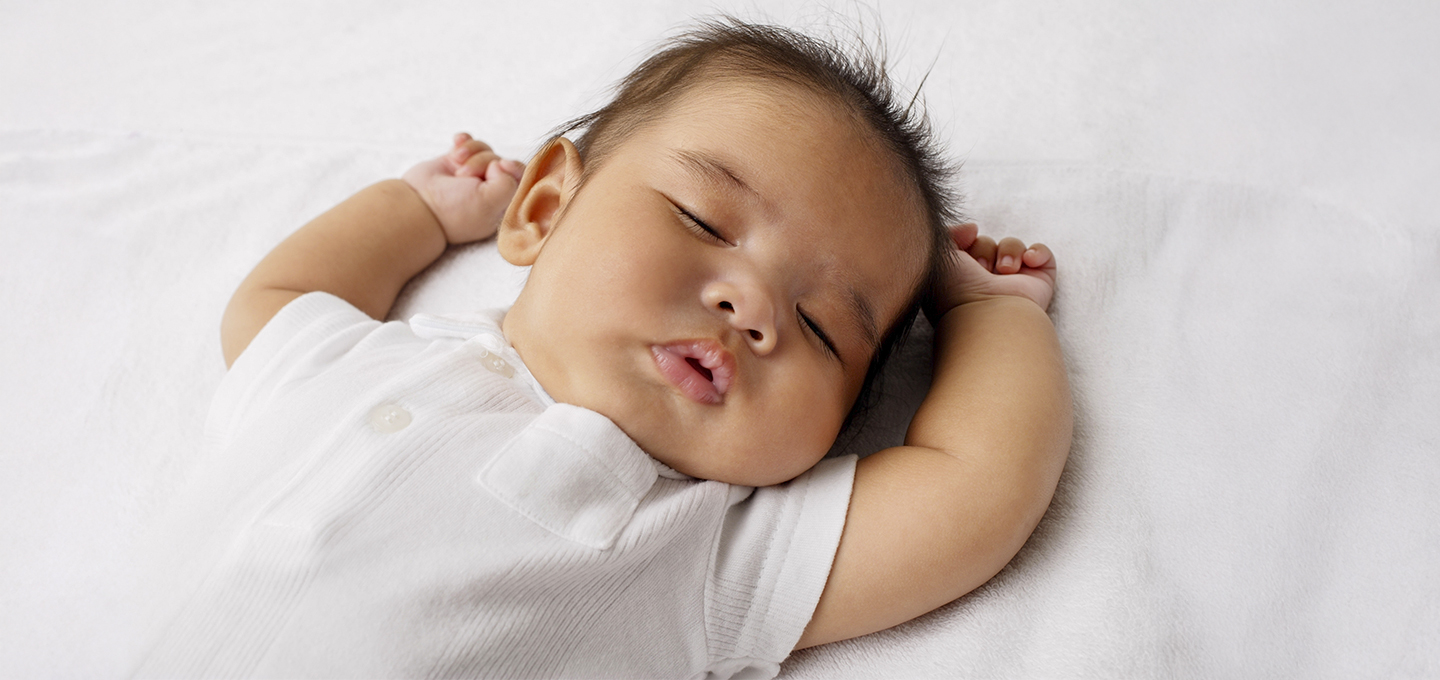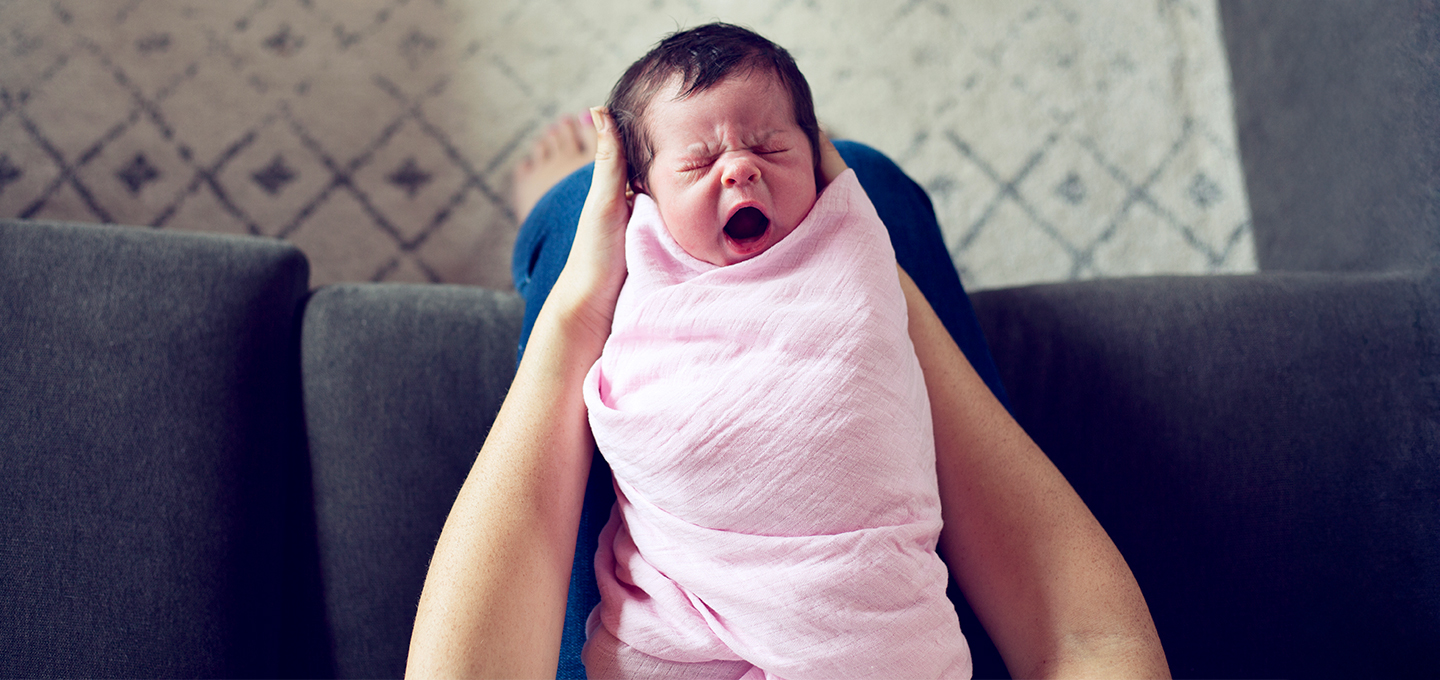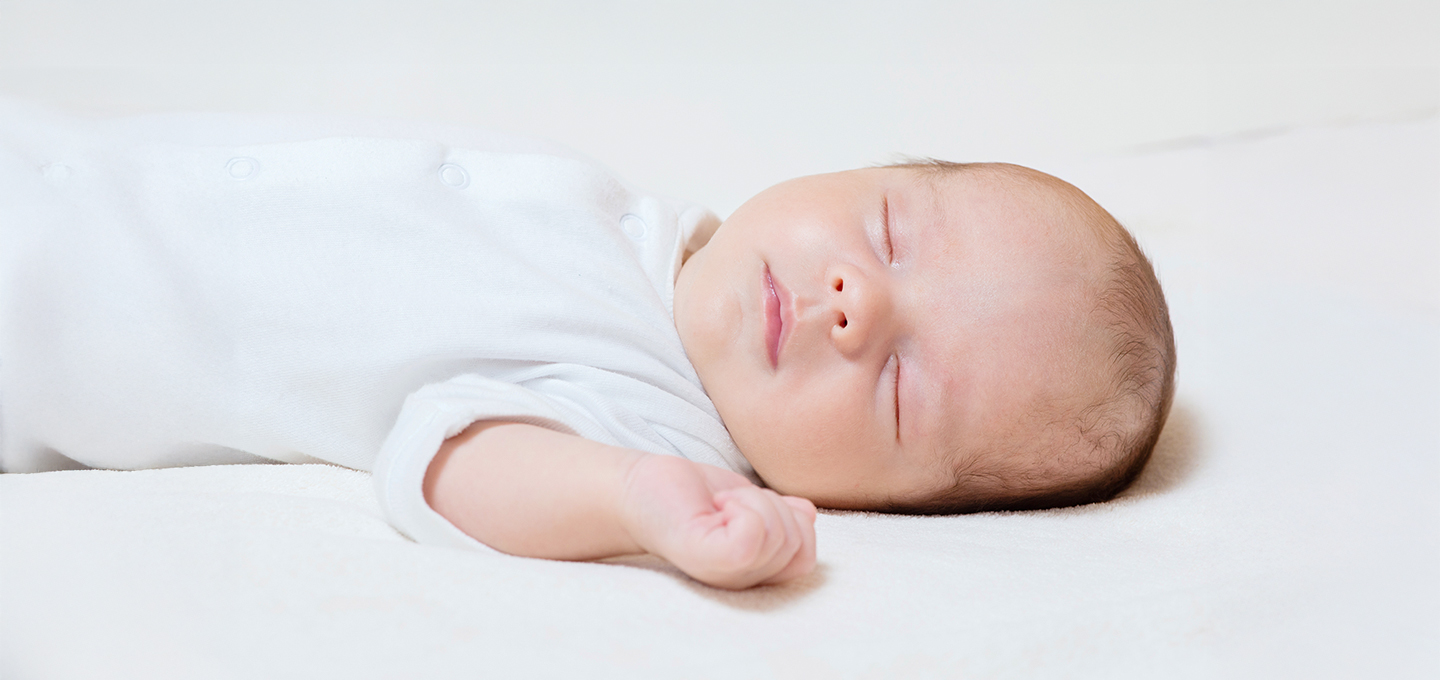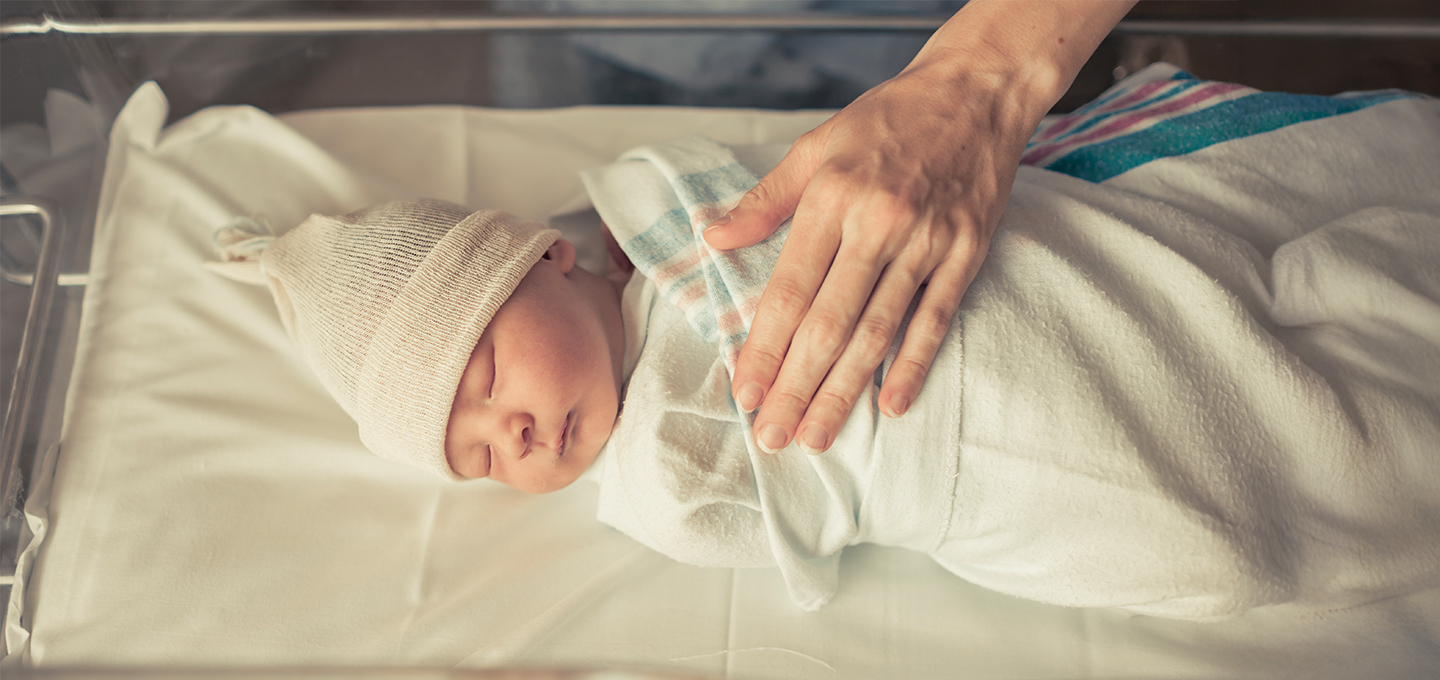
When Can Babies Start Sleeping With Blankets?


IN THIS ARTICLE
As a new parent, you might wonder, “When can a baby sleep with a blanket safely?” Covering a baby too early can indeed increase the risk of suffocation and sudden infant death syndrome (SIDS). So, what’s the safest approach? In this article, we’ll explore what age a baby can sleep with a blanket, how to keep your little one warm without one, and what to consider before making the switch.
Is It Safe for Babies to Sleep With Blankets?
It’s safest to wait until your child is older than 12 months to introduce a blanket, as babies under this age face an increased risk of suffocation, entrapment, and sudden infant death syndrome (SIDS). For this reason, asking, “Can my 1-year-old sleep with a blanket?” becomes a common question for parents. The answer is yes. After their first birthday, it’s usually safe to start using a lightweight blanket under proper supervision.
Before this age, keeping your baby’s crib free of loose bedding, including crochet blankets, quilts, pillows, stuffed animals, and bumper pads, is important. Items like these, while seemingly cozy, can pose suffocation hazards.
Until then, the safest sleep setup includes a firm crib mattress covered by a tightly fitted sheet—and nothing else. This approach aligns with infant safety guidelines to reduce risks and promote better sleep for your baby.
How to Keep Your Baby Warm Without a Blanket?
Keeping your baby warm during sleep, whether it’s a nap or bedtime, can be safe and simple, even without a blanket. A good guideline is to dress them in one more layer than you would wear to bed. This helps maintain a comfortable temperature—not too hot or cold.
For younger babies, swaddling is a popular choice to keep them cozy. Use a thin, breathable blanket to wrap them snugly, mimicking the secure feeling of the womb. Always place your baby on their back when swaddled and stop swaddling once they show signs of rolling over, which may happen as early as 2 months.
Another excellent option is a baby sleep sack. These wearable blankets provide warmth without the risks of loose bedding and align with AAP safe sleep guidelines.
Lastly, monitor your baby’s temperature by touching the chest or the back of the neck. If it feels too warm or sweaty, remove a layer to prevent overheating and keep them comfortable throughout the night.
How to Dress Your Baby for Sleep?
Here are some tips for dressing your baby for sleep:
Make sure your baby’s room temperature is cool but comfortable.
Watch for signs that your baby may be too hot, such as sweating, damp hair, heat rash, flushed cheeks, or rapid breathing. If that’s the case, you’ll want to remove a layer.
How to Introduce Blankets?
Blankets should only be introduced after your baby’s first birthday to align with AAP safe sleep guidelines by age and reduce the risk of suffocation and sudden infant death syndrome (SIDS). After 12 months, opt for a lightweight, breathable blanket and introduce it during supervised naps to observe your baby’s comfort. Even with a blanket, keep the crib simple—free of pillows, stuffed animals, or other bulky items. If your baby isn’t ready for a blanket, sleep sacks remain a safe and cozy option.
FAQS AT A GLANCE
The AAP safe sleep guidelines recommend that you introduce a blanket (lightweight) once your baby is at least 12 months old. Start with supervised naps to monitor how they adjust to the change before using the blanket for nighttime sleep.
The Bottom Line
Safe sleep practices are essential for your baby’s health, including waiting until after their first birthday to introduce a blanket. After 12 months, you can also consider adding a lightweight blanket or a small stuffed animal as a transitional object for comfort. This aligns with AAP safe sleep guidelines to reduce risks like suffocation and SIDS.
To stay ahead on sleep safety and support your baby’s sleep journey, download the Smart Sleep Coach app by Pampers. It offers expert-guided classes, videos, and tools to help tackle sleep challenges. Start by taking this FREE sleep assessment Smart Sleep Coach.
Additionally, join the Pampers Club to access discounts and digital offers on your favorite baby products. Download the app today to start earning rewards! Pampers Rewards app.
- American Academy of Pediatrics. Caring for Your Baby and Young Child: Birth to Age 5, 7th ed. (New York: Bantam Books, 2019).
- CDC. "Babies Sleep Safely."
- CDC. "Babies' Sleep: A Safe Start."
- HealthyChildren. "A Parent’s Guide to Safe Sleep."
- HealthyChildren. "Dressing Your Newborn."
- HealthyChildren. "Good Night, Sleep Tight."
- HealthyChildren. "Swaddling: Is it Safe?"


